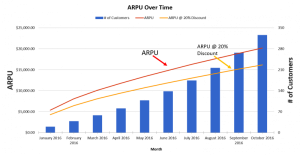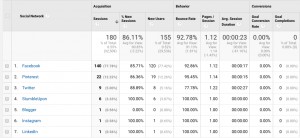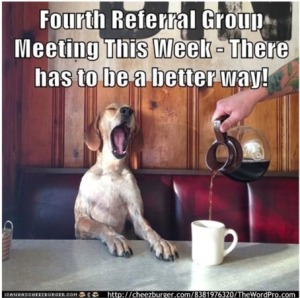Staring at your email marketing goals for 2021? The numbers seem pretty lofty. Then you look over your 2021 marketing budget. It’s smaller than last year.
To increase engagement versus last year will be hard. So how do you improve email open rates without pouring more $ $ into 2021? Is that realistic? Can it be done?
If you don’t think you have control over boosting your email open rates, you do.
Try the Zorro Circle
The phrase was coined by Shawn Achor. In The Happiness Advantage, he tells the story about how a flawed man developed into the legendary Zorro.
Zorro was a masked hero fighting for justice in the southwestern United States. But as a young man name Alejandro, he bore little resemblance to the popular hero.
Filled with impatience, Alejandro tries to solve too many problems and attempts feats beyond his skills. He feels overwhelmed “and – worst of all – (had) no feeling of control over his own fate.” But his mentor shows him how to develop greatness by focusing on small, manageable goals.
The mentor draws a circle in the dirt. Alejandro must concentrate his efforts only in this small circle.
‘This circle will be your world. Your whole life. Until I tell you otherwise, there is nothing outside of it,’ his mentor says. Alejandro becomes skilled as a master swordsman, horse rider, even learning to use a whip to swing between rooftops.
“Only after he masters that first circle does he start to become Zorro, the legend,” says Shawn Achor.
Improve your welcome emails and boost email engagement
As your guide to email greatness, I think the Zorro Circle of email marketing is welcome emails. Limit your focus to improving initial greetings, and you’ll see tiny improvements result in big wins for your email engagement. Hey, if a friendly hello to middle-schoolers can lead to a 20-percentage point increase in academic engagement, imagine the results when you apply this to your emails.
First, an email check-up. I’m assuming you’re already sending welcome emails after a subscriber signs up for a guide, checklist or video. As Michele M. Linn, Mantis Research, states:
“There is a lot of power when someone subscribes to your email. Too many marketers (and I’ll put myself in this camp) don’t take advantage of the initial interest to connect with that person right then and there.” Michele M. Linn, Mantis Research
Secondly, you’re sending a welcome greeting immediately after sign up, right?
“Failing to send a prompt welcome email means you risk losing important opportunities to sell.” Martin Zhel
Okay, you’re in the know. Now let’s step it up a notch.
Master the welcome email
Here are some underused tips to make your welcome emails more effective.
1) Offer one call to action
Think of creating a Zorro Circle for your new subscriber. In general, a newbie can get confused when he reads an email for the first time. What do you want your new subscriber to do after reading your email? Choose one action. Guide him. If you have multiple action steps for him, plan a series of welcome emails. It’s easier to clearly communicate when you set one goal for each email.
2) Welcome your subscriber for each “fresh start”
Acknowledge your subscriber as they embark on each stage of the customer journey. Welcome new subscribers when they join your newsletter, greet buyers when they purchase a product, or send warm wishes when subscribers agree to sign up for your loyalty program. Anytime the subscriber’s status changes is a great occasion for a welcome email.
Another opportunity is to tap into the “fresh start effect.” A study shows people are more likely to tackle their goals immediately following a prominent temporal landmark. For example, the outset of a new week, month, years, or semester. A birthday or holiday are also memorable events. People at these times are motivated for more aspirational behaviors. If your welcome email series can coincide with a temporal event, then adjust your content to do so. (The Fresh Start Effect: Temporal Landmarks Motivate Aspirational Behavior)
3) Tweak your preheader text to encourage email opens
The preheader text appears next to or below the subject line in the inbox, depending on the email client. If the preheader is not defined, the email client’s default is to include text from the email message itself.
For example, in my Gmail the preheader appears like this:
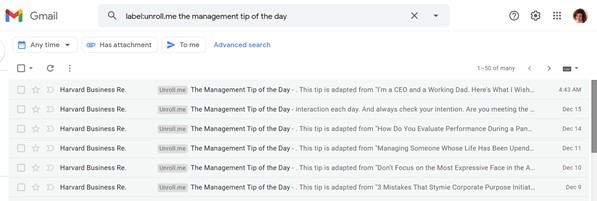
And my work email client the preheader looks like this:
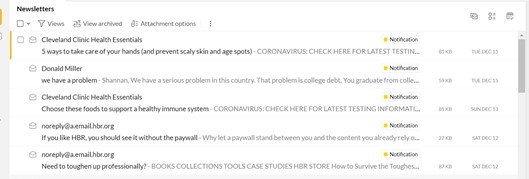
Most marketers are overlooking the preheader text, according to a MailCharts blog. Both the subject line and preheader text serve as a billboard to your reader. Invest in rewriting these 50 – 100 characters to entice your reader to click and read.
In the email below, the preheader text “Having trouble viewing this email?” is a missed opportunity:

And this one repeating the subject line is like bland, repetitive elevator music:
![]()
Here’s an example of how to use this space effectively:
![]()
4) Decide the content first
When you set out to write 3 emails in a welcome email series, you’re likely to cram what you need to say in too few emails. Instead, determine the key messages you need to convey from the point of sign-up to the next steps you’d like your subscriber to take. The idea is to think of your welcome emails as traveling along the entire customer journey.
5) Audit your welcome email regularly
StoryBrand, a marketing consulting company, recommends reviewing your website with fresh eyes. Good tip for your email marketing too.
How often should you evaluate your welcome emails? At least quarterly, or more often if your company’s products and services change. Put yourself in your new subscriber’s shoes.
1st Pro Tip: Think of your ideal customer and write to him.
2nd Pro Tip: A photographic persona: Study pictures of your ideal customer working. You’ll naturally tune into your customer’s perspective.
Send the welcome email series to yourself. As you read each email and take the action, are there gaps in your experience?
- Does the subject line give a relevant reason to open the email?
- Have you stated who you are and why you’re emailing?
- If the images and logo were removed, would the reader still recognize your brand?
- Are the products and services mentioning the most important to him / her?
- Is the unsubscribe link easy to find?
- Is there one clear call-to-action?
6) Don’t stick to the same formula
A tug of war occurs as you plan your welcome email messages. To follow best practices or to not follow best practices – that is the question. For example, informing a new subscriber what to expect and when is considered a “must do.” But delivering consistent content may mean your readers start scanning and stop reading.
Delve into your subscribers needs, desires, problems, and pain. Give yourself permission to experiment. Enhance the format or design, change the sender (“from”) name, or send the emails in a different time of day. Breaking a pattern is likely to make your email standout in their inbox.
For 2021, apply the Zorro Circle to your email marketing. Optimizing your welcome emails will deliver big results in your engagement.
Digital & Social Articles on Business 2 Community
(18)

